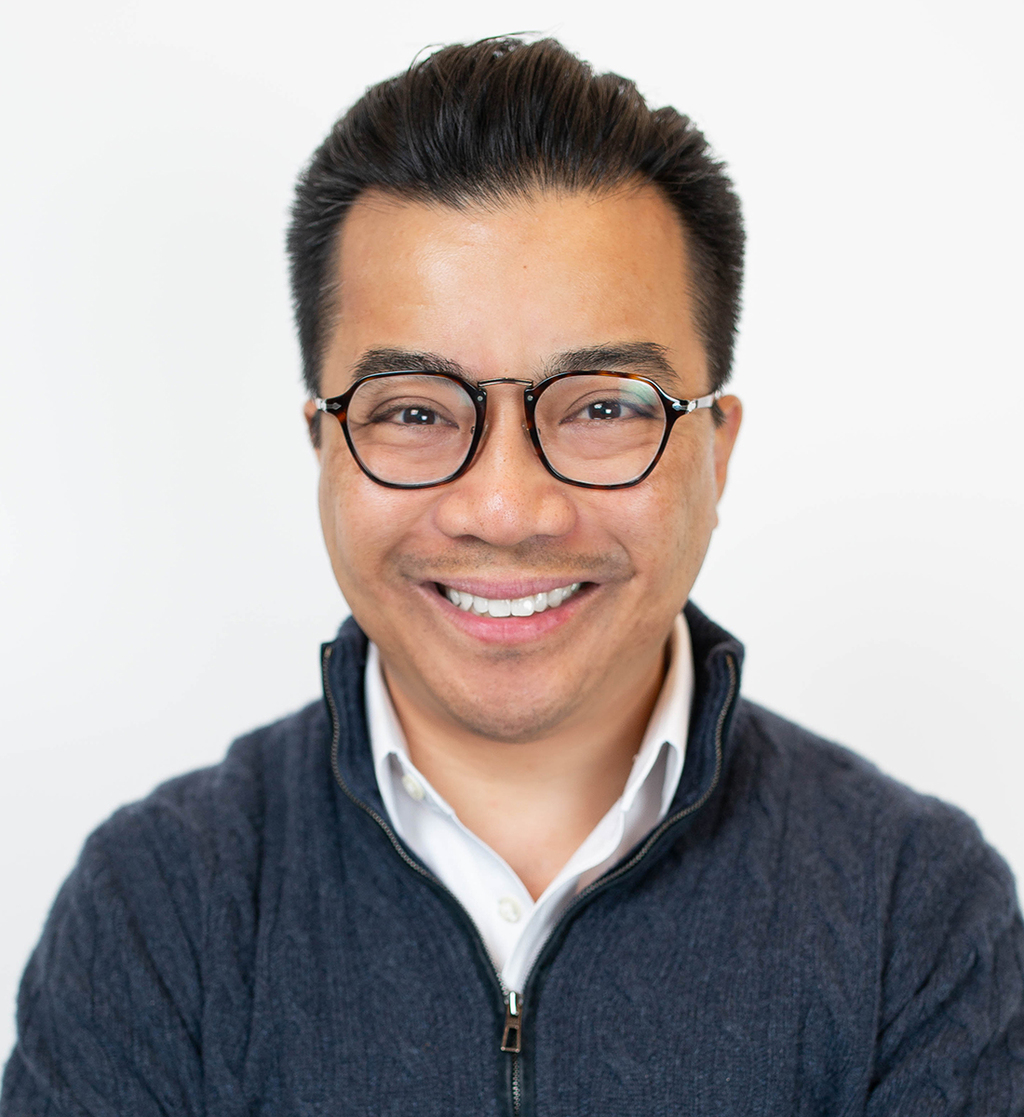
Cali Tran
Chief Executive Officer
Unlock the secrets to staying ahead in the ever-evolving world of social media marketing.
With Brandwatch, brands and agencies can adapt and thrive in today's fast moving digital world by making smarter decisions and executing data-driven social strategies at every customer touchpoint.

Chief Executive Officer

Chief Executive Officer
At Cision, I lead all aspects of our business with the help of the most capable and talented team that I have the privilege to collaborate. Prior to Cision, I led all go-to-market activities at fast growing, profitable global marketing technology companies like Centerfield, Vericast, and Valassis either as the President, Chief Commercial Officer, or CEO.
Earlier in my career, I invested in hyper-growth, technology-enabled startups and led digital transformation initiatives in global marketing service businesses at North Bridge and MacAndrews & Forbes, respectively. I started my career in finance and was a part of the founding team at Ancestry. Today, I have the privilege to be a private investor in some incredible market-defining companies such as Jane Technologies, Adavium Medical, and Wunderkind.
I earned an AB in History from Bowdoin College and an MBA from Harvard. I enjoy planting fruits and vegetables on the farm and trying not to burn said products cooking for family and loved ones. I live in San Francisco and Napa Valley with my wife, and we are the proud uncle and aunt of 14 incredible, smart, and kind nieces and nephews.
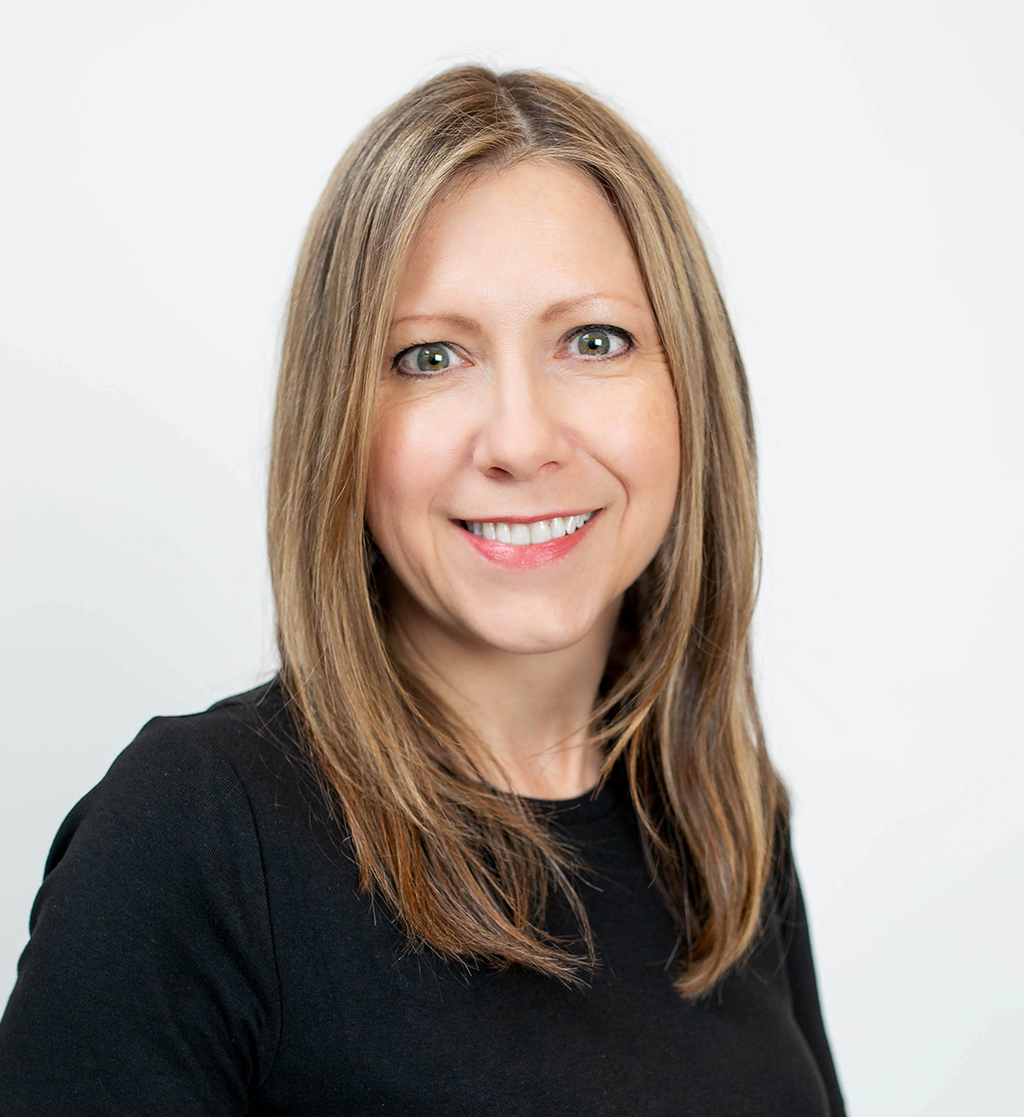
Chief Marketing Officer

Chief Marketing Officer
I’m Carrie Parker and I’m the Chief Marketing Officer at Cision. I joined in September 2022, bringing a rich B2B marketing background to the company with a 20+ year track record of scaling marketing operations at companies ranging from high-growth martech startups to global enterprises.
Prior to Cision, I held marketing leadership roles at American Express, Kantar, Valassis, and Cordial. I not only bring an array of experience and perspective, I also have a consistent track record of driving demand and leading marketing teams to consistently deliver outsized business growth.
I earned my BS in Business Administration with a concentration on Marketing from the University of North Carolina at Chapel Hill and an MBA from Columbia Business School. I’m an avid runner and enthusiastic world traveller with my husband and two daughters.
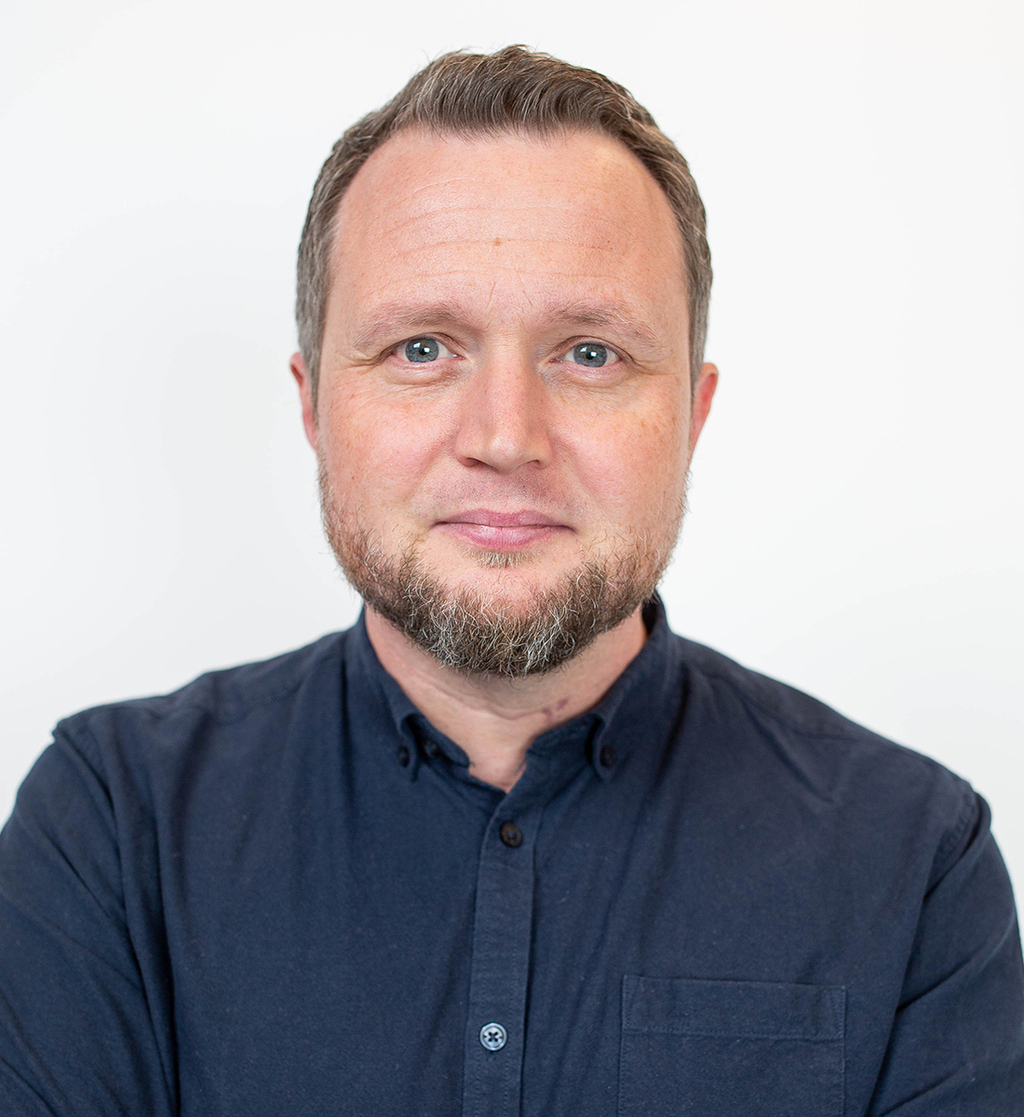
Chief Product Officer

Chief Product Officer
I’m Michael Amsinck and I’m the CPO. I took the position after Brandwatch merged with Falcon.io in 2021, where I held the same title. I have a track record of developing and transforming global product organizations in a manner that promotes growth, customer retention, and overall product transparency.
I have been something of a journeyman, holding various roles in both the commercial and product realms before ultimately landing in product leadership teams. Additionally, I spent significant time working in Singapore and Malaysia before settling in Copenhagen, Denmark.
When I’m not steering our product strategy and roadmap, I spend my time with my family (wife and two kids) and pets (one dog and two cats), and I’m a frequent attendee in the Copenhagen music festival scene.
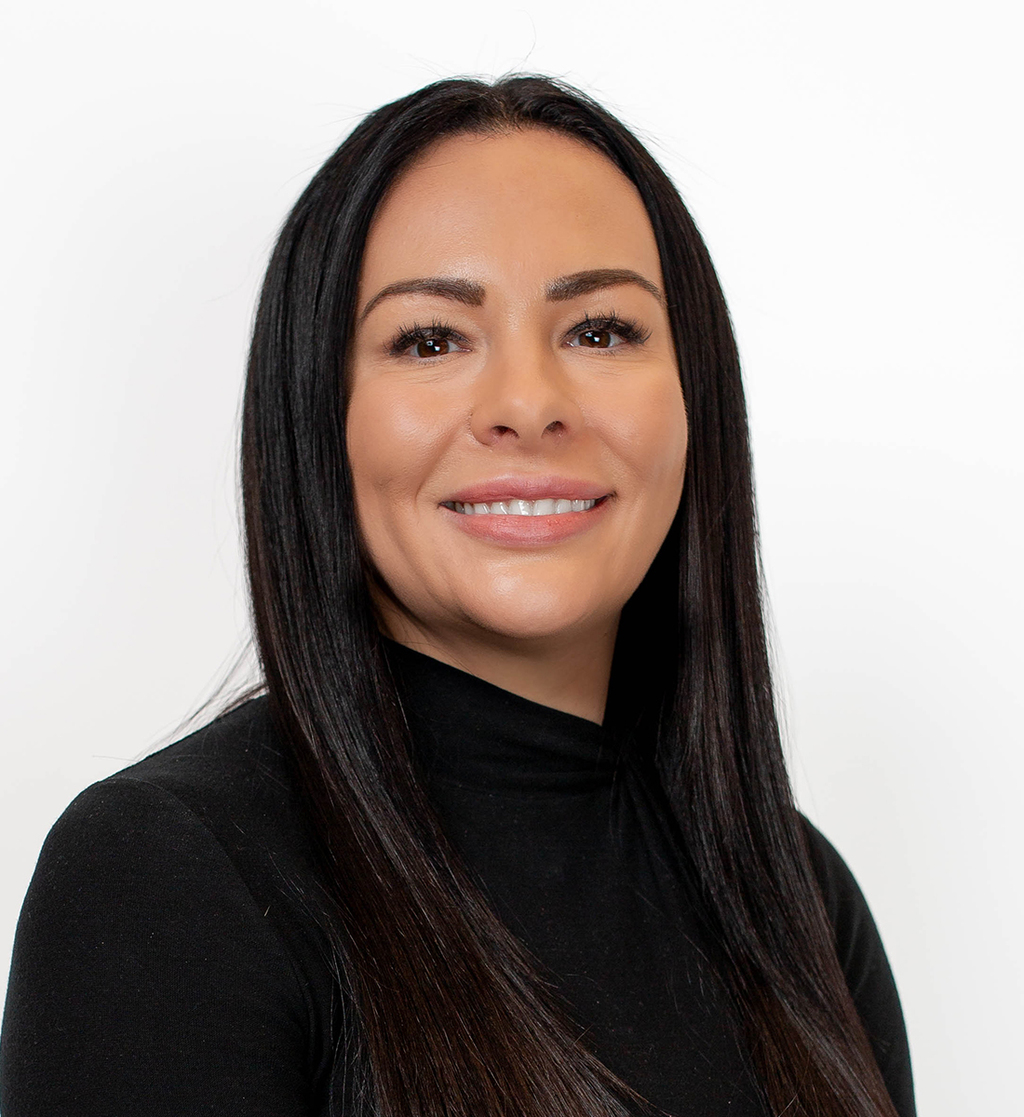
Chief People Officer

Chief People Officer
I’m an accomplished talent and operations professional with a track record of delivering progressive and creative solutions that drive business growth. I have comprehensive experience leading every area of global human resources including strategic HR, recruitment, workforce planning, learning & development, comp & reward, and employee experience.
In my most recent role I was the US Chief People Officer at Edelman where I led a large-scale business transformation project. Prior to that I was Global Chief People and Culture officer at a digital tech and creative marketing agency owned by the Carlyle Group where I helped grow the company by 48% and lead the B-Corp Certification. I also served as the Global Chief People Officer of WPP’s Essence where I created new reporting capabilities that ensured the same data-centric approach that informed client work also informed business strategy and decision making.
I studied Human Resource Management and Development at New York University, Strategic Human Resources at Cornell University, and Psychology at Rio Salado College.
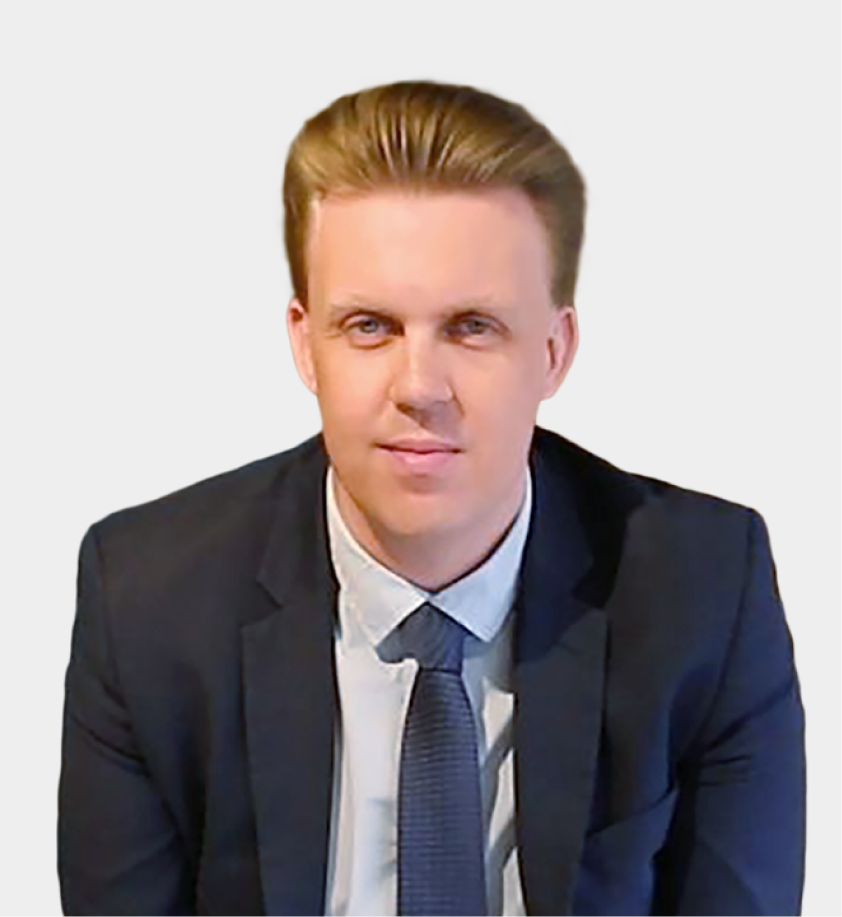
President, CisionOne

President, CisionOne
I'm President of CisionOne and lead the company's global media monitoring division. I joined Cision in April 2022 from Streem where I served as co-founder and CEO, leading the business from start-up to funding and through to acquisition, and overseeing an operation that grew to 150+ staff and over 700 customers across the APAC region. Before founding Streem, I was an adviser in the Office of the Prime Minister (Australia), an experience that served as a driving force behind the creation of Streem for the PR and Communications market.
Today at Cision I am charged with the global roll-out of CisionOne, our market-leading media monitoring, analytics, and reporting platform. I oversee the Sales, Product, Engineering, Upgrades, and Media Data functions of CisionOne, enabling us to build out a highly-tuned, customer-driven platform – a philosophy that has been carried through from the success of Streem in the APAC region.
I reside in Sydney, Australia, travel often, and in my downtime spend a great deal of time either sailing on our city's harbor or skiing at the nearest ski field depending on the season or where I'm located.
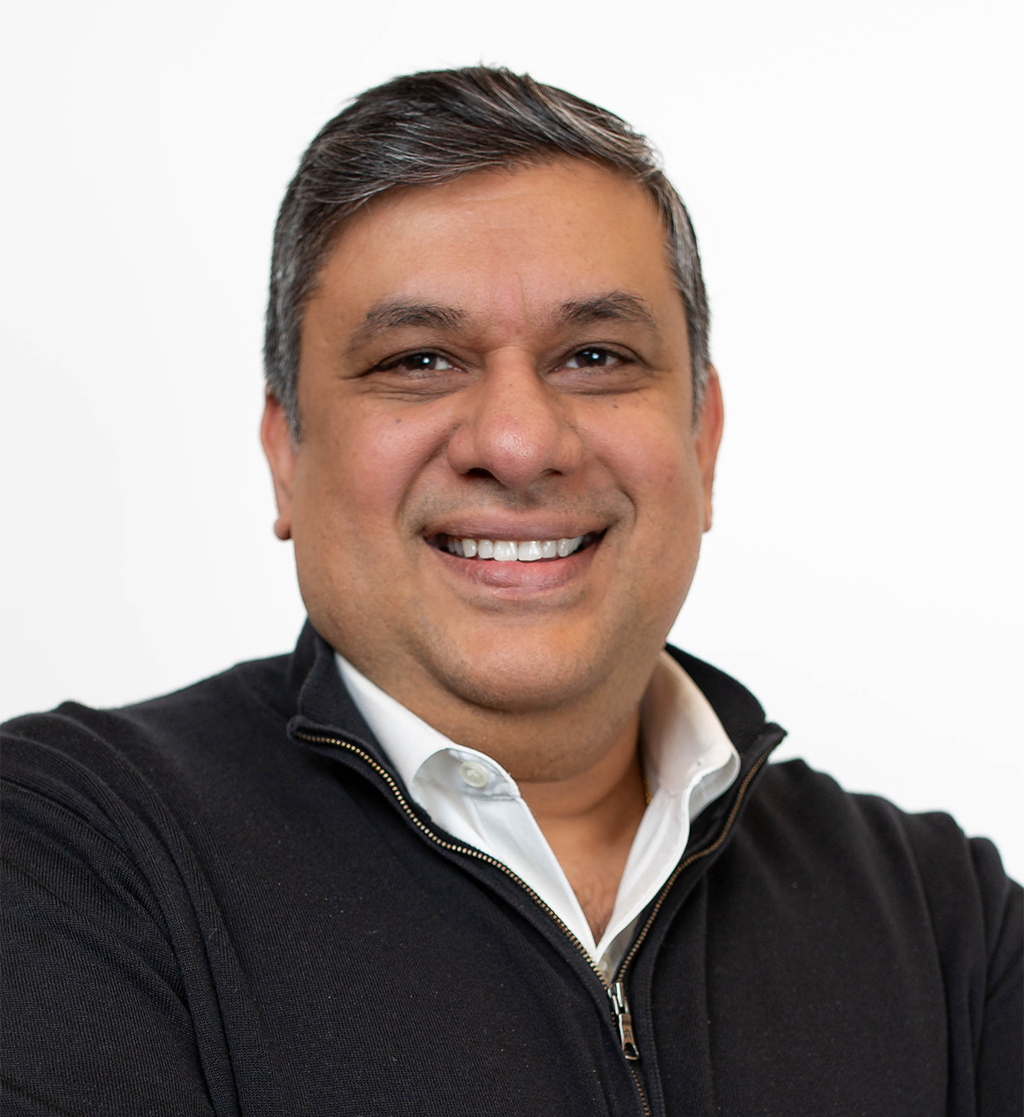
Chief Information Officer

Chief Information Officer
I serve as Cision’s Chief Information Officer. I’m a recognized leader in the private equity and privately held business sectors and am known for my expertise in large-scale digital transformation and enterprise modernization. With extensive international experience in Asia, Europe, and Latin America, I bring a global perspective to my role.
Before joining Cision I served as the CIO at Transcendia, a company owned by Goldman Sachs. During my time there I played a key role in streamlining enterprise resource planning (ERP), optimizing operational processes, aligning technical solutions with business objectives, and designing cloud computing infrastructure. These efforts significantly improved the company’s operations and application efficiency. My career also includes senior technology positions at Composites One, Essendant, and W.W. Grainger.
I earned my MBA from the University of Notre Dame and live in Chicago alongside my three children. Outside of work I’m an avid fan of basketball and am passionate about music.
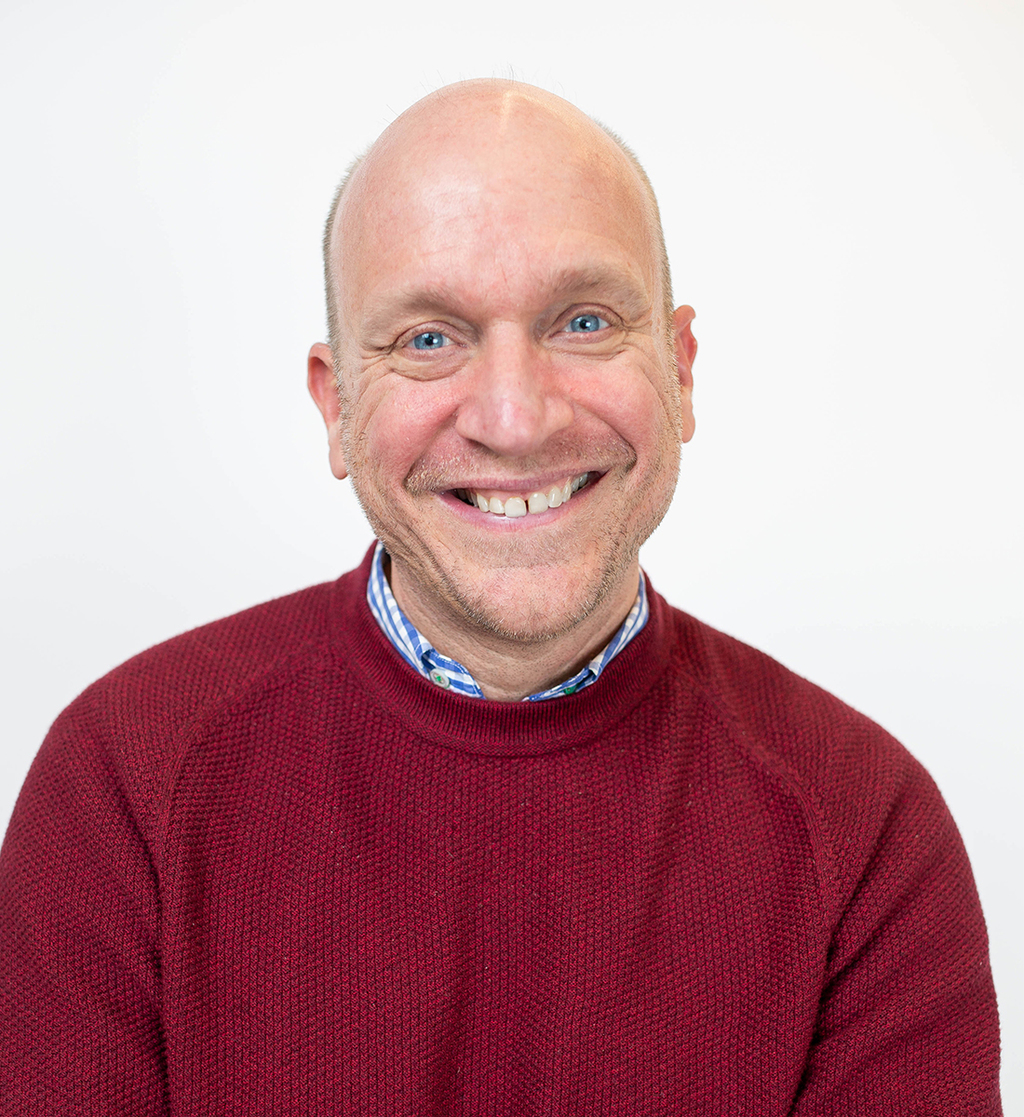
Senior Vice President of Global Content

Senior Vice President of Global Content
I’m a growth-oriented technology executive with a track record of scaling companies of all sizes. I began my career at global brands (Levi’s, eBay), and then ran and successfully exited two venture-backed software companies. I have an undergraduate degree from Princeton and an MBA from Stanford.
I live with my family in the Bay Area and am eternally pursuing the perfect brisket.

Chief Legal Officer

Chief Legal Officer
I’m Nabilah Irshad and I lead our legal, privacy, compliance, and risk functions.
Prior to joining Brandwatch in August of 2022 I led the legal function at Innovid (NYSE:CTV), a global adtech company, taking it public in 2021 and leading a cross-border strategic acquisition in 2022.
Before that I served as VP of Legal & Business at NewsCred, a SaaS marketing company based in NYC, as a member of the leadership team. I co-founded the Diversity Council there and executed an annual International Women's Day event for the tech community in NYC.
I’m passionate about elevating women, mentorship for at-risk groups, and community building. To that end, I’m the General Counsel and board member at Ok Mentor, a UK-based organization creating mentorship programs for women.
I earned my BA and JD from The University of Iowa.
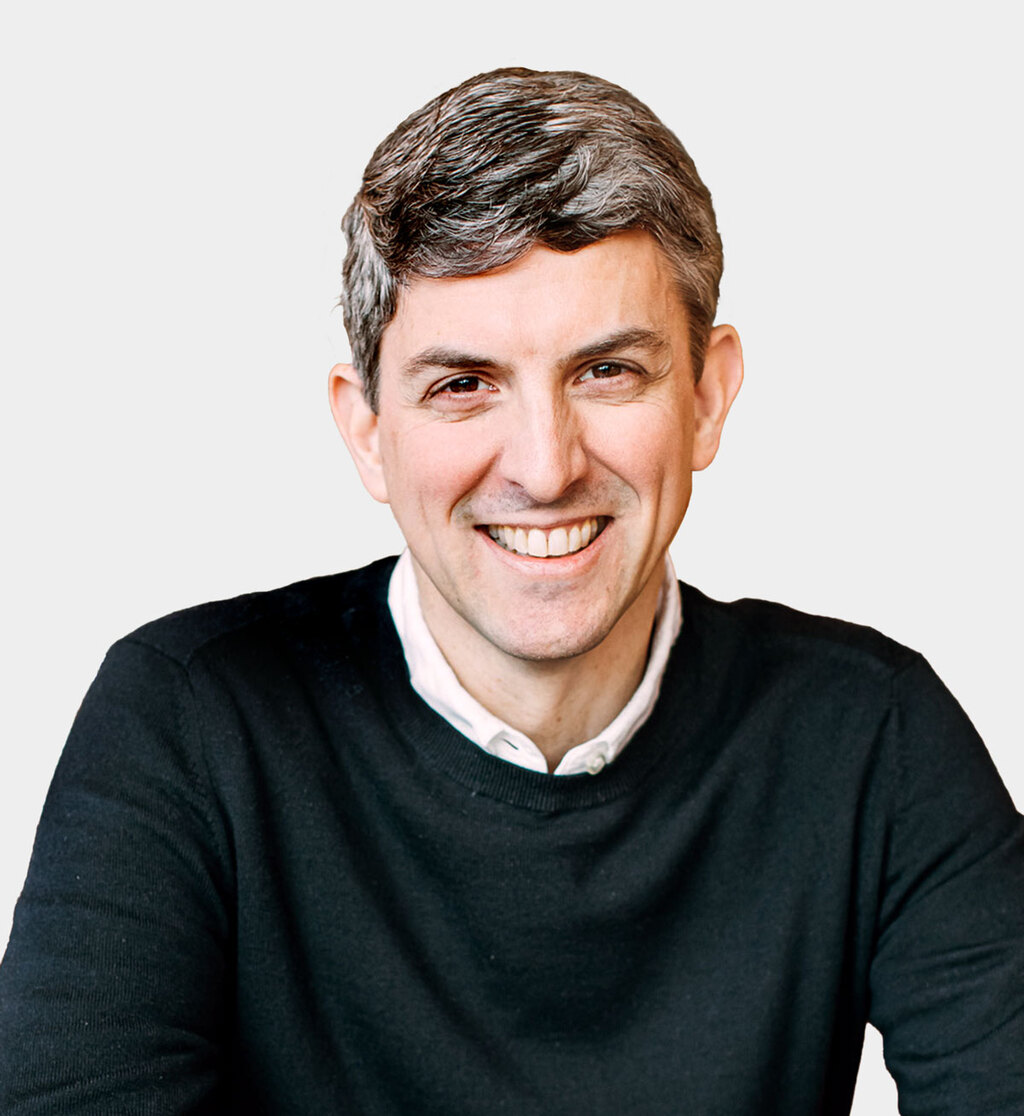
Chief Technology Officer

Chief Technology Officer
I’m Chris Bingham and I’m the CTO. I lead the worldwide technology teams responsible for product development, research, and support. I bring experience in leadership, management, software architecture, and data science to the company. I’m also an expert in high-scalability systems and text analytics, and am named on several US patents.
Prior to Cision, I was the founding CTO of Crimson Hexagon, where I built the product and team from scratch to be a leader in social data analytics. I led the strategic design and development of enterprise-class technology products at a number of global software companies, including Apple, Disney, and Netscape.
I’ve also contributed to the success of high-growth companies in the Boston technology ecosystem, including Fairmarket, Coalesix, Icosystem, and Jana. I hold a BA in computer science from Dartmouth College, and I’m an avid cyclist and musician. I live in Cambridge, MA with my wife and two children.
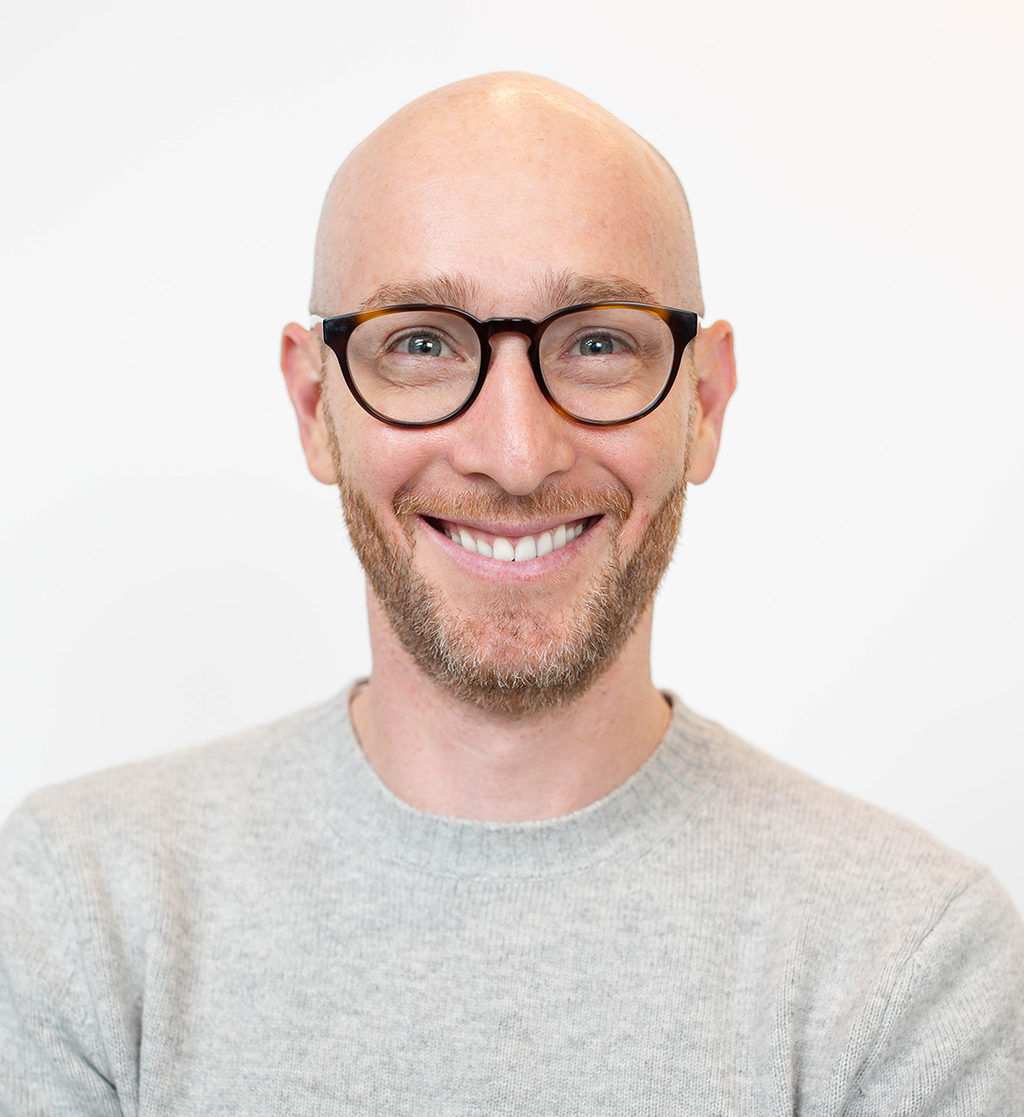
Senior Vice President, Operations

Senior Vice President, Operations
I’m a proven performance-driven operator with extensive experience working in B2B and B2C technology and media companies.
Over the course of my career, I’ve held leadership positions in the US, the UK, and EMEA. Notably, I was the Chief Legal & Administrative Officer of Brandwatch prior to its successful acquisition by Cision.
In my role at Brandwatch I developed and led diverse functions including legal, privacy, risk, compliance, HR, IT, facilities, and sales operations.
I have a BA from Occidental College and Law degrees from both Thomas Jefferson School of Law and University College London.

Chief Commercial Officer EMEA and APAC

Chief Commercial Officer EMEA and APAC
I’m Steve Boyes and I’m the Chief Customer Officer where my focus is to help our customers realise positive business outcomes and in turn create sustainable value for our customers, communities, team, and investors. I am a growth leader with over 30 years of global fintech, martech, and media experience providing enterprise data, SaaS technology platform, and marketing solutions to many of the world’s most successful organizations.
I’m recognised for delivering transformative growth in both mature and startup environments. Notably, I led the global sales and service support functions of a $6bn revenue enterprise, initiated a solutions business at Thomson Reuters rapidly scaling it 3x to $1bn in revenue, and founded a digital media startup growing it to multi-million dollar annual revenue and millions of daily visitors.
A trained teacher and a coach at my core, I was recognized as a top 50 Leading Light in the UK for kindness in business leadership in 2018 and as a top 100 Global Sales Leader in 2022.
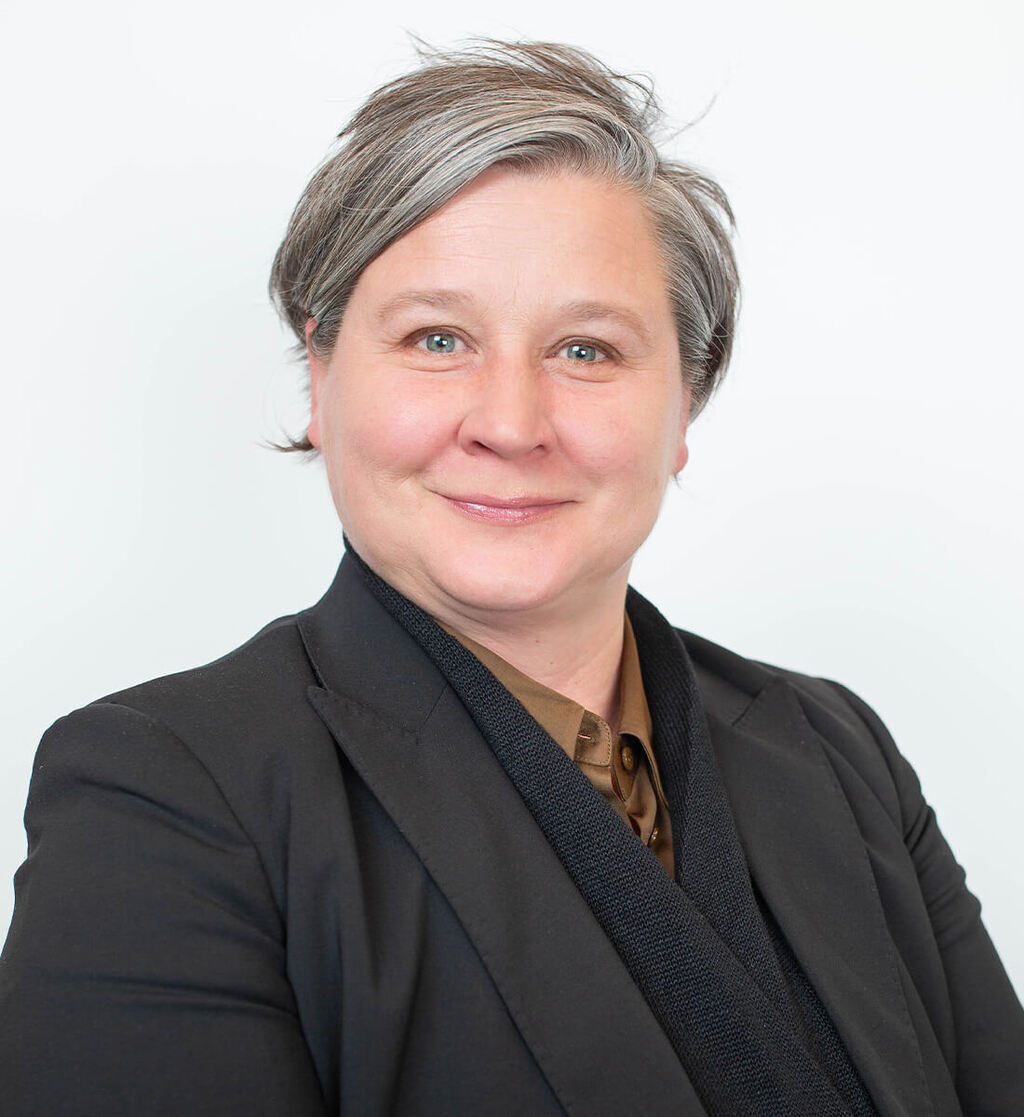
Chief Operating Officer and President of PR Newswire

Chief Operating Officer and President of PR Newswire
I am the Chief Operating Officer at Cision and President of PR Newswire. I was previously Cision’s President of EMEIA, Canada, and LatAm, where I led the strategic direction, financial performance, and operational activities across the regions.
My career has taken a cross-functional journey across all areas of business within the news media and information industry. I continue to serve as corporate director and primary representative in Canada since 2016. Previous to Cision’s acquisition of Canada Newswire (via PR Newswire), I was President & CEO of Canada Newswire, a role I began in 2013 following two years as Senior Vice President, Global Products for PR Newswire in New York.
I’m particularly interested in work that transforms the way we distribute and engage with content across all digital media channels of earned, owned, and paid with a keen focus on analytics that deliver clear actionable insights.
I’m a graduate of the University of Ottawa and based in Toronto, Ontario.
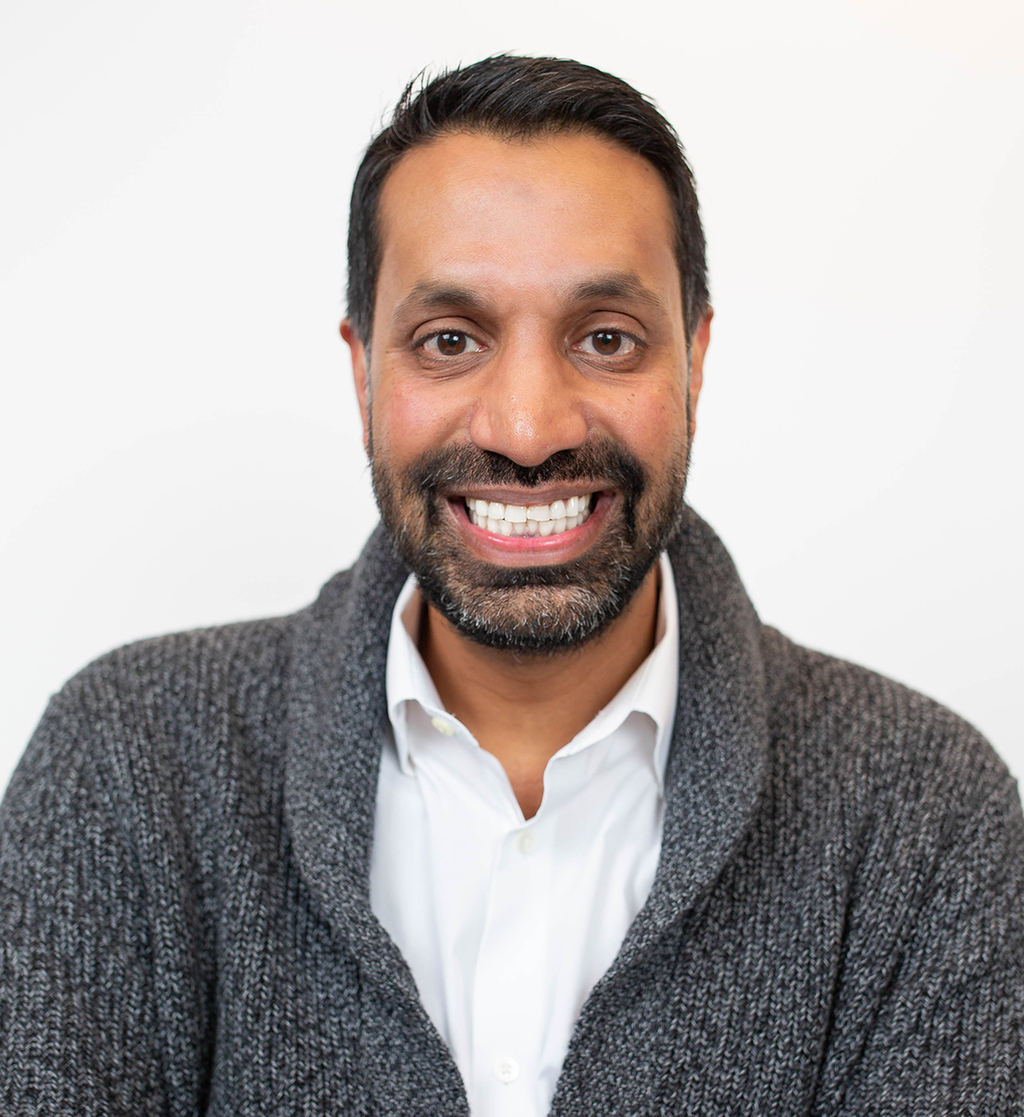
Chief Financial Officer

Chief Financial Officer
With more than 15 years of accounting and finance experience working in consulting and corporate, I oversee Cision's finance and accounting functions as Chief Financial Officer.
Prior to Cision I was Senior Vice President of Portfolio Operations at Platinum Equity. I was also Senior Vice President Transformation at Key Energy Services, and Vice President, Corporate Controller/Treasurer/Business Transformation at BlueLine Rental. Before moving to corporate, I worked in Alvarez & Marsal’s restructuring practice.
I’m a CPA and received my Bachelor of Business Administration from Emory University. I reside in Chicago with my wife and children.
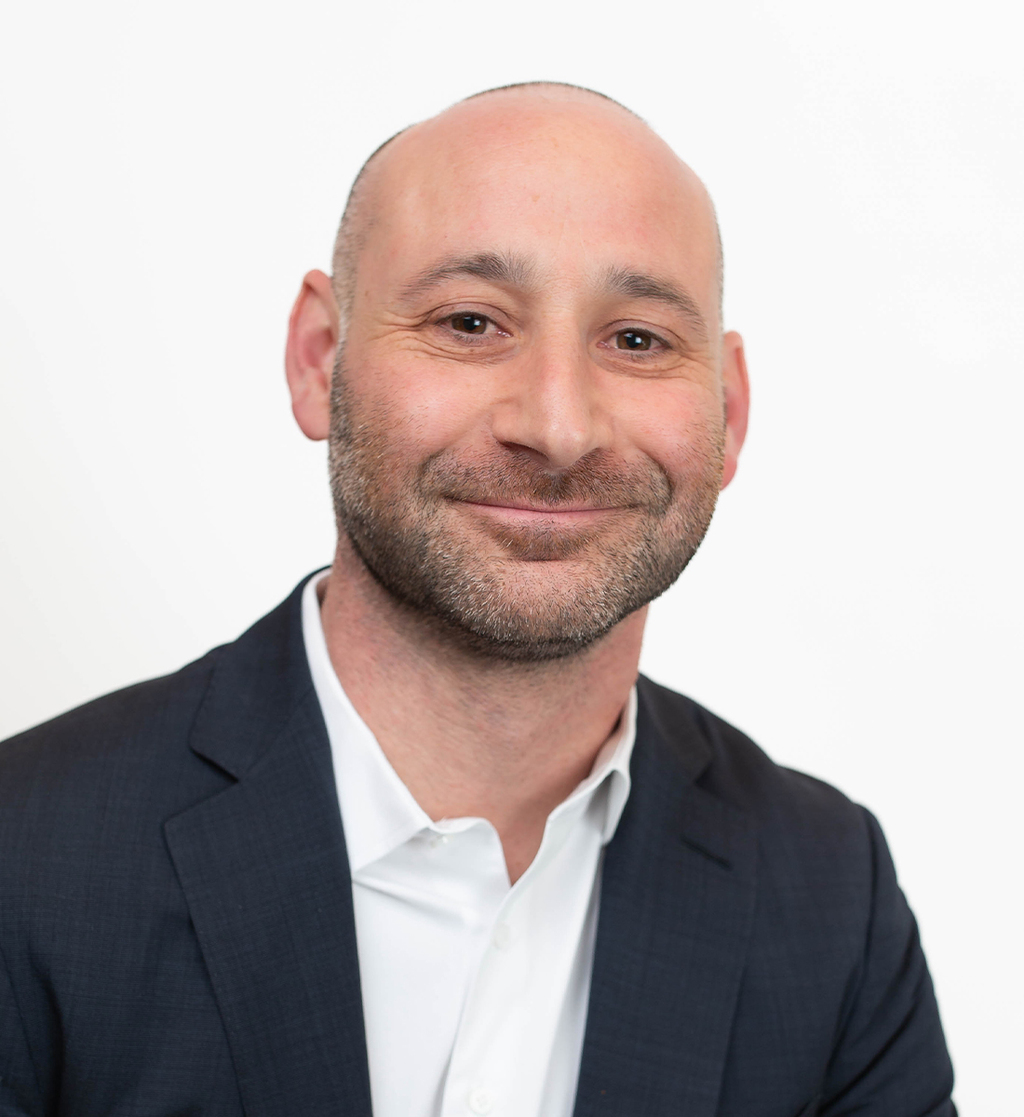
General Manager and Chief Business Officer of PR Newswire

General Manager and Chief Business Officer of PR Newswire
I’m Matt Brown and I’m the General Manager and Chief Business Officer of PR Newswire. I have spent my career leading businesses and teams in the information services, FinTech, and news industries, ranging from startups to Fortune 500 companies.
I joined PR Newswire from Signal AI where I served as President, Americas & Asia-Pacific. Prior to that I held commercial leadership and GM roles at Thomson Reuters and Nasdaq where I was Global Head of Sales of the Corporate Solutions business unit. I also enjoy an active interest in the early-stage tech ecosystem where I have had the pleasure to invest in and advise numerous exceptional, high-velocity businesses.
I graduated with a BA in Philosophy from Trinity College in Connecticut, am an active traveler and hiker, and live in New York with my incredible son.
Brandwatch is committed to creating a workplace that promotes diversity and inclusion in every aspect of our company. We hold ourselves accountable to meeting the diverse needs of our team and ensuring we make efforts to create a positive impact in our internal culture as well as in the wider ecosystem.
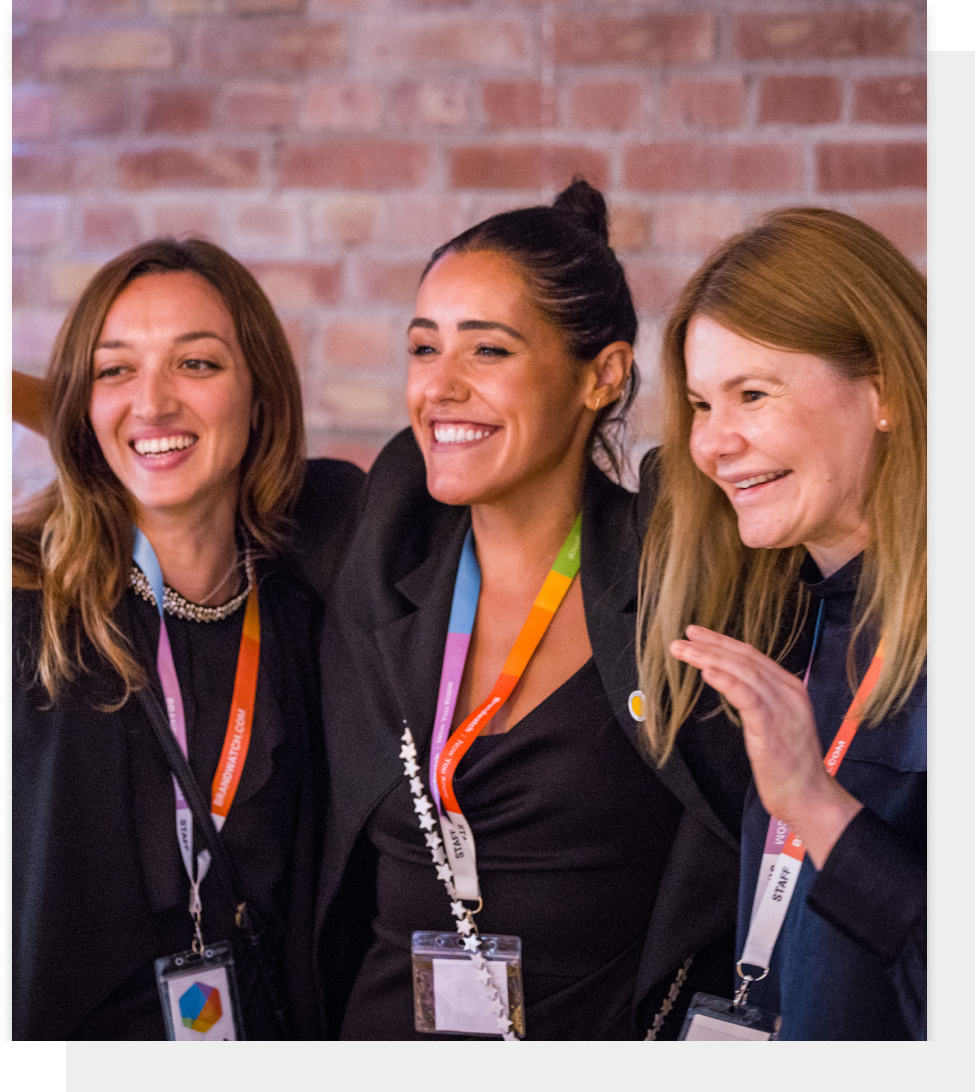
Who is a better judge of what working at Brandwatch is like than Brandwatchers themselves? Here’s what some of them think about life at Brandwatch in their own words.
Brandwatch has never boxed anyone into a particular role or department, and has always been quick to spot potential in people. I’m proud Brandwatch champions individuality and has helped develop the careers of so many individuals of the years.
Not only does this allow me to be my authentic self, it encourages other tech companies to do the same.
This, combined with the attitude Brandwatch has to challenge and change the status quo in the Engineering industry, is inspiring.
Colleagues go out of their way to help each other out, push forward great ideas, and make our workplace a better place for everyone. Passionate about making Brandwatch the most environmentally sustainable company in our sector, I’ve been given the opportunity to support the creation of an inspiring ESG strategy, giving me a varied and fulfilling career here.
This is amazing for our culture and ripples through to our customers as well. I’m always telling people that I am a better human as a result of working at Brandwatch.
It’s not just about what you want to achieve, but how you achieve it. Our values give our staff a framework for what they do and how they collaborate with one another. They’re the basis of our shared purpose.
We value openness and integrity, and strive for both between our colleagues and customers.
We value fearlessness and conviction, and encourage our employees to push the company forwards.
We value originality and curiosity, and apply both to our work at all levels and in all areas.
Existing customer?Log in to access your existing Falcon products and data via the login menu on the top right of the page.New customer?You'll find the former Falcon products under 'Social Media Management' if you go to 'Our Suite' in the navigation.
Brandwatch acquired Paladin in March 2022. It's now called Influence, which is part of Brandwatch's Social Media Management solution.Want to access your Paladin account?Use the login menu at the top right corner.